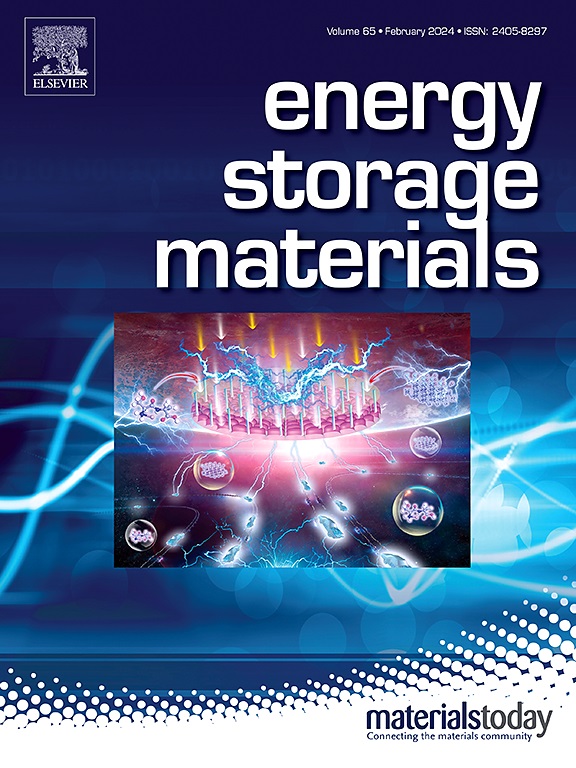Towards high-performance sodium-ion batteries: A comprehensive review on NaxNiyFezMn1−(y+z)O2 cathode materials
IF 18.9
1区 材料科学
Q1 CHEMISTRY, PHYSICAL
引用次数: 0
Abstract
Sodium-ion batteries (SIBs) are potential candidates for next-generation grid-scale energy storage owing to their safety as well as the abundance of sodium resources. Further progress in SIB technology demands the advancement of cathode materials with outstanding performance. Among various cathode materials, layered transition metal oxides based on Ni, Fe, and Mn (NaNFM) have recently received great attention by combining the positive features of each of them. This review focuses on the most current developments in the study and design of NaNFM (NaxNiyFezMn1−(y+z)O2) as a cathode material for SIBs, including synthesis methods, crystal structure/structural evolution during charge–discharging, and the effect of different molar ratios. Adjusting the transition elements enables formation in several phases that promote Na-ion diffusion, resulting in high-rate capability and cycle stability. Moreover, key strategies to improve the electrochemical performance through doping and surface modifications are discussed. Future optimization of these materials shows potential for enormous opportunities for implementing cost-effective and high-performance energy -storage technologies.


求助全文
约1分钟内获得全文
求助全文
来源期刊

Energy Storage Materials
Materials Science-General Materials Science
CiteScore
33.00
自引率
5.90%
发文量
652
审稿时长
27 days
期刊介绍:
Energy Storage Materials is a global interdisciplinary journal dedicated to sharing scientific and technological advancements in materials and devices for advanced energy storage and related energy conversion, such as in metal-O2 batteries. The journal features comprehensive research articles, including full papers and short communications, as well as authoritative feature articles and reviews by leading experts in the field.
Energy Storage Materials covers a wide range of topics, including the synthesis, fabrication, structure, properties, performance, and technological applications of energy storage materials. Additionally, the journal explores strategies, policies, and developments in the field of energy storage materials and devices for sustainable energy.
Published papers are selected based on their scientific and technological significance, their ability to provide valuable new knowledge, and their relevance to the international research community.
 求助内容:
求助内容: 应助结果提醒方式:
应助结果提醒方式:


